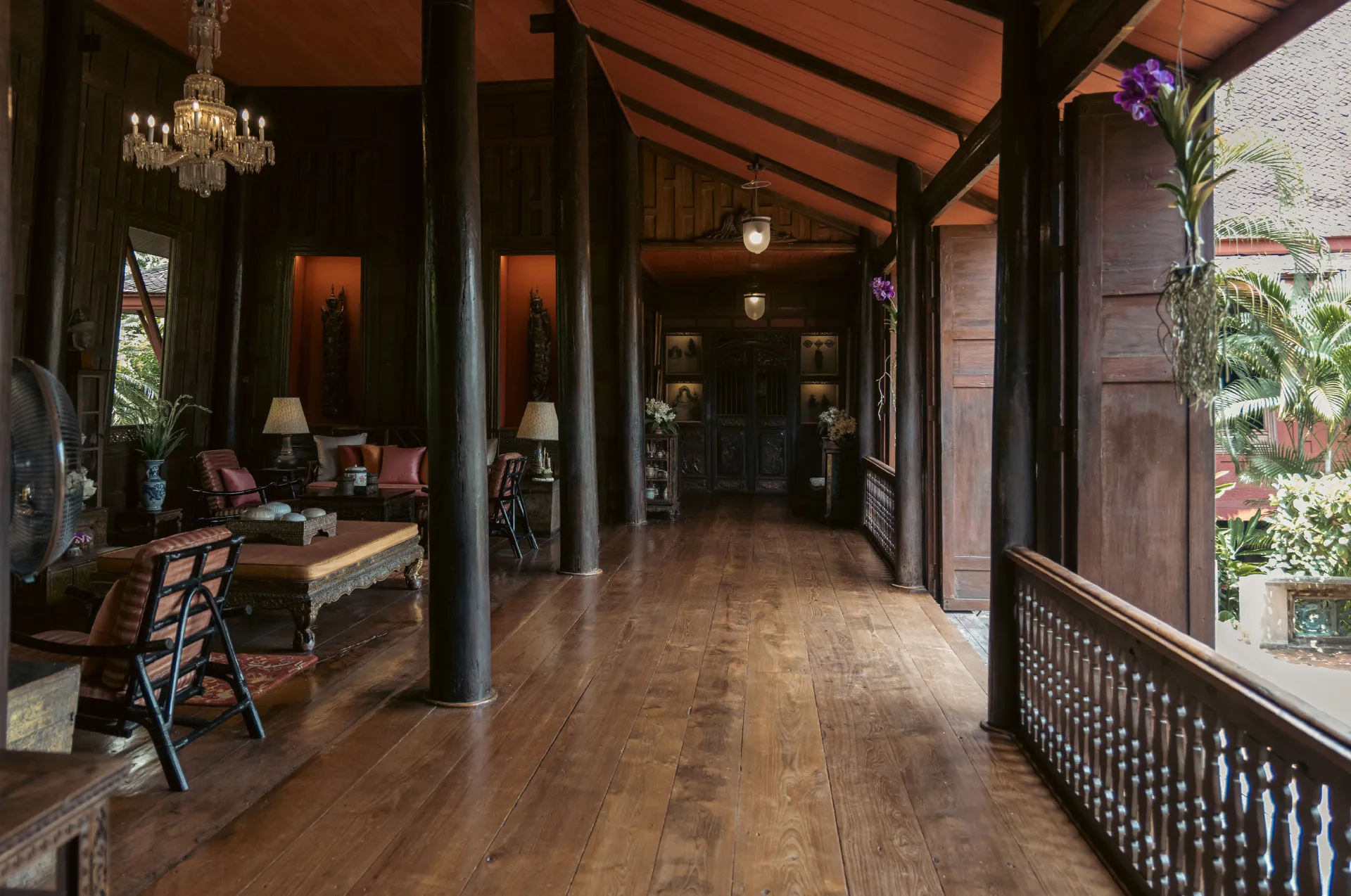
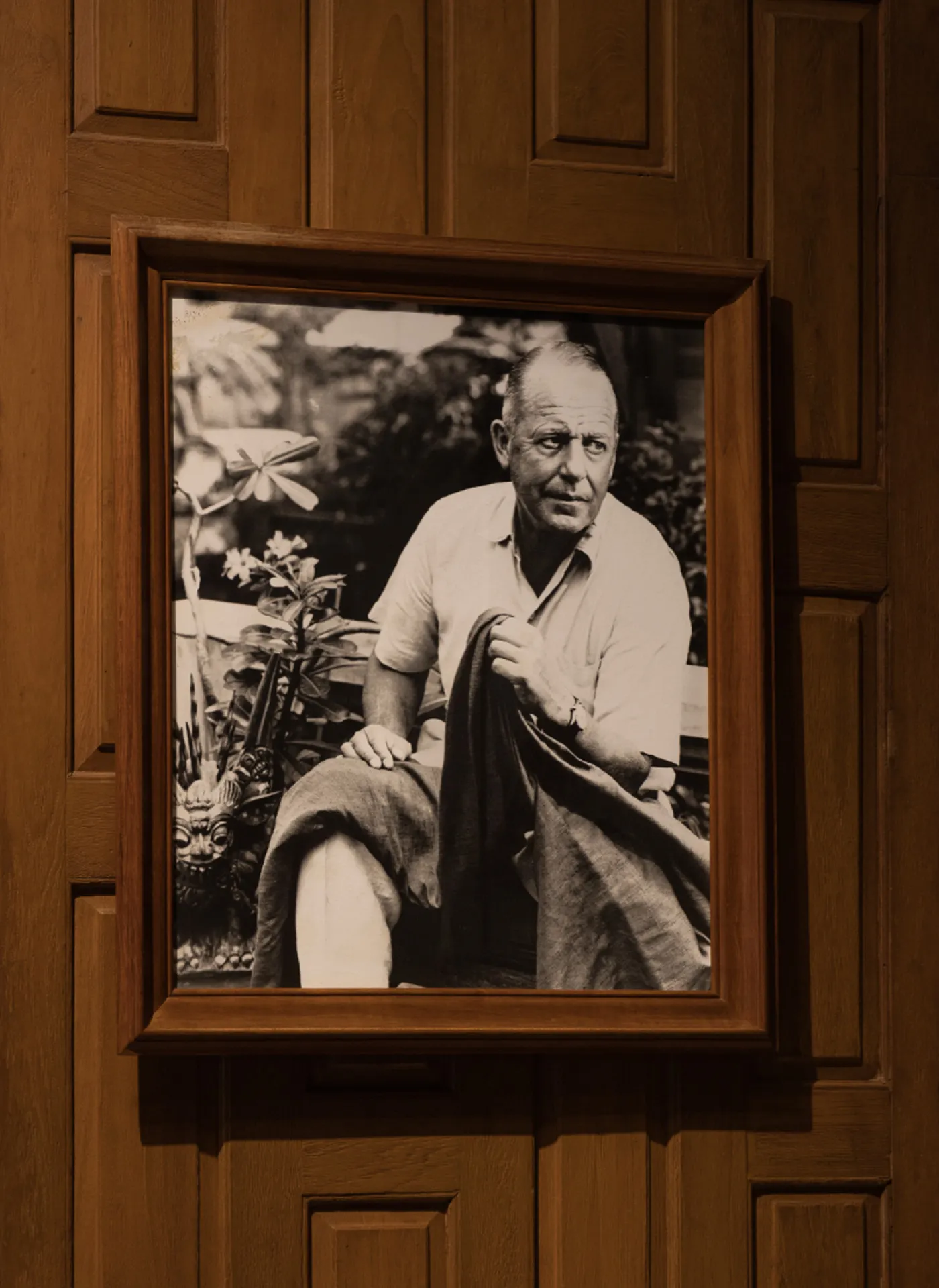
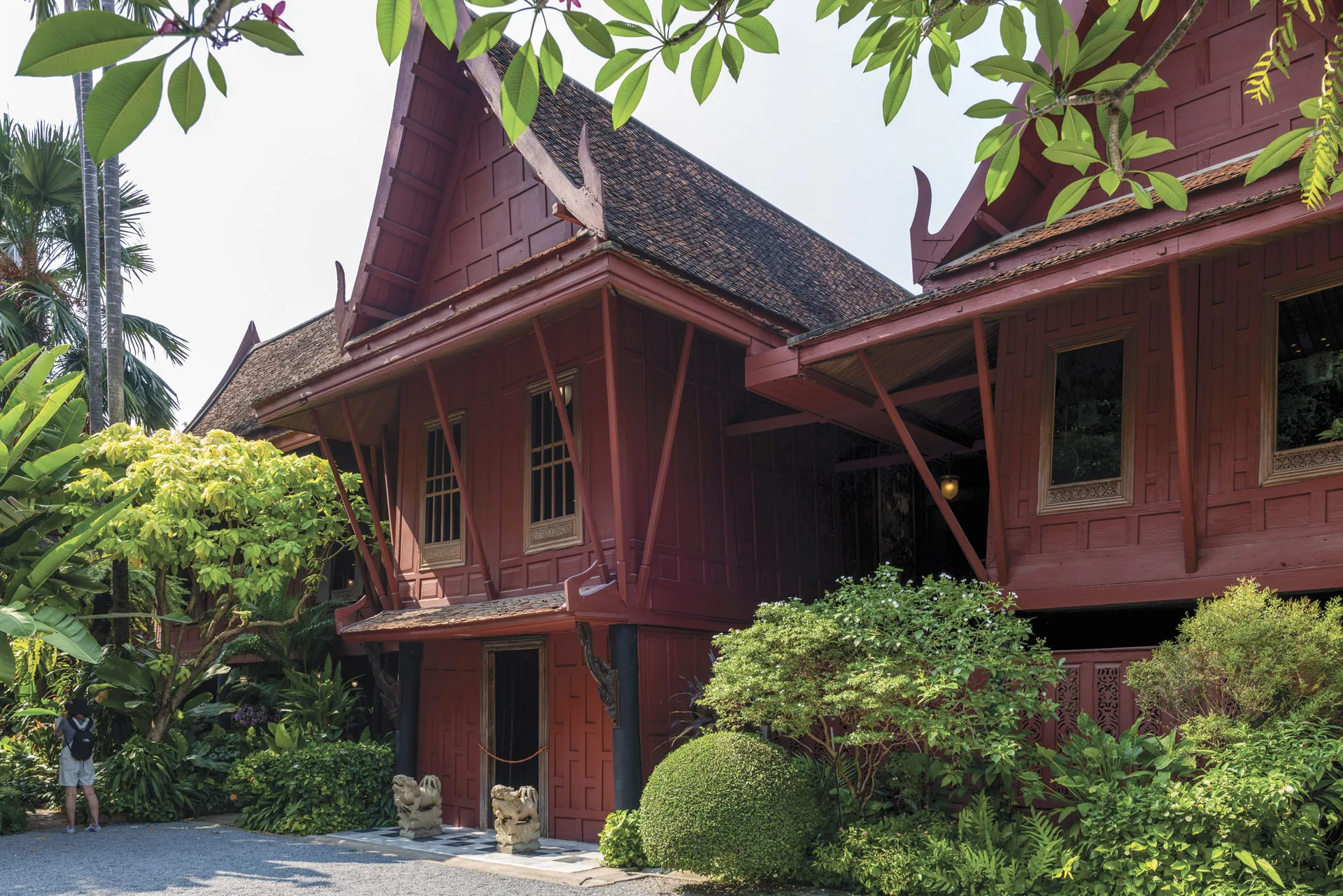
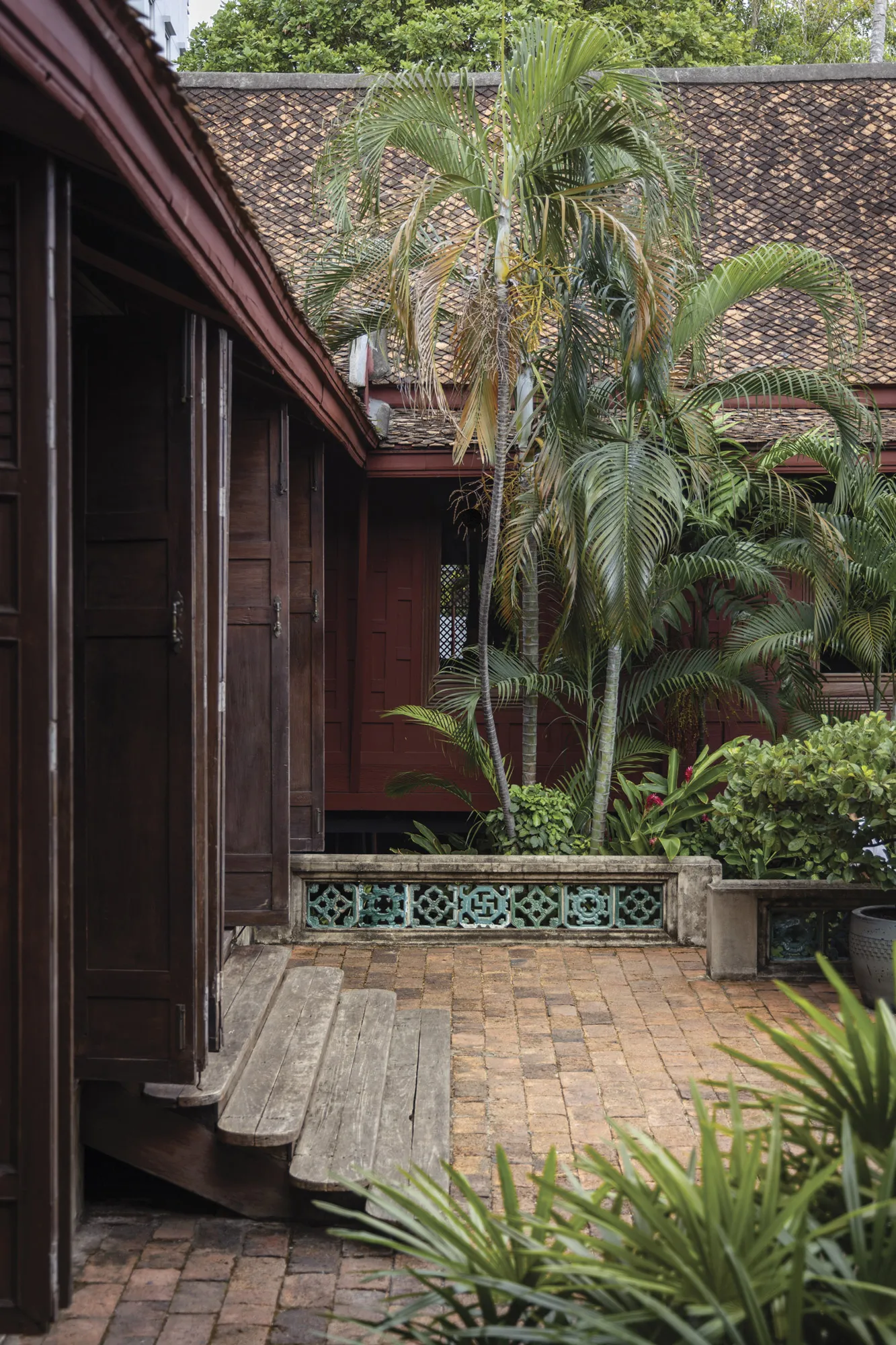
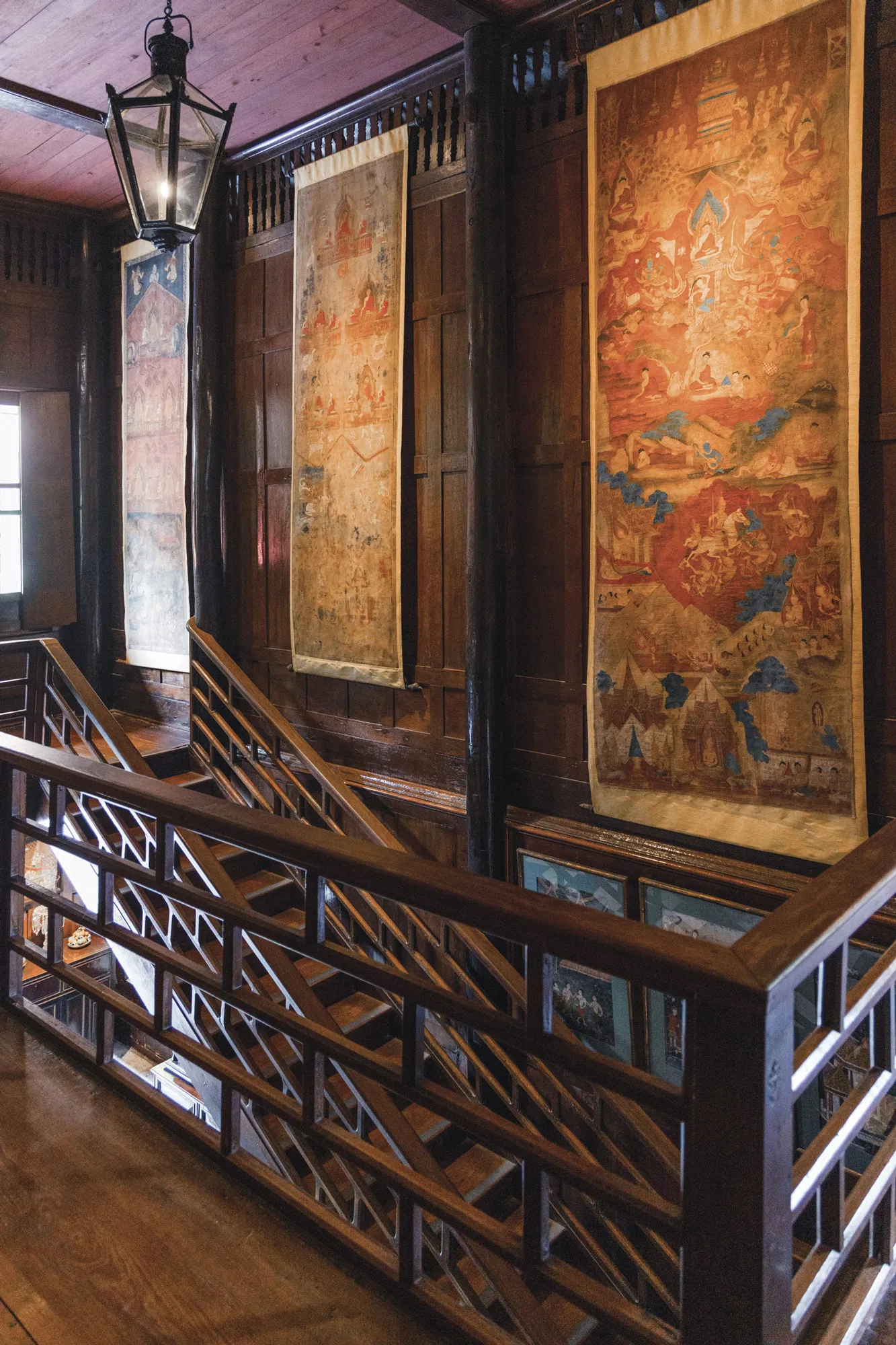
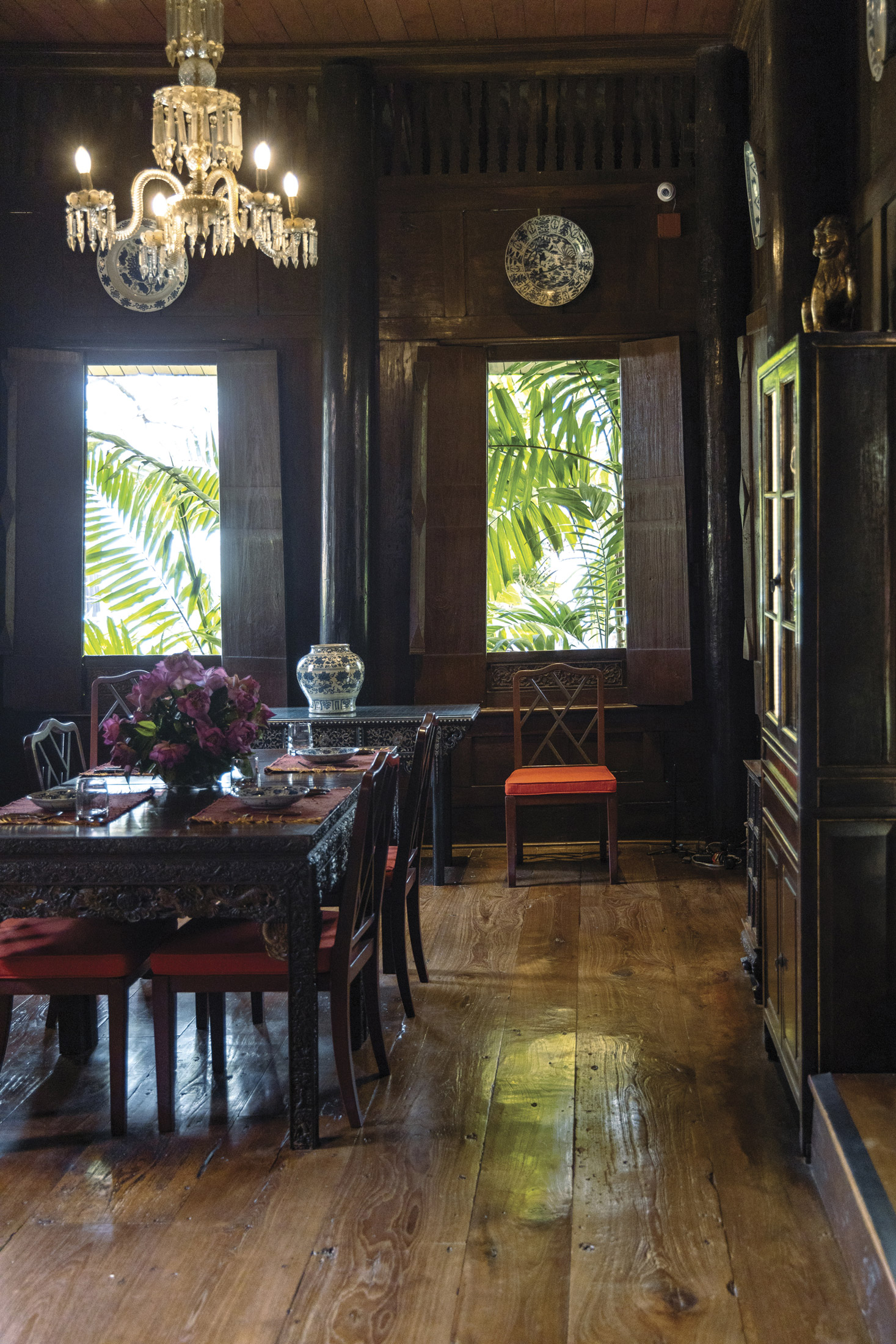
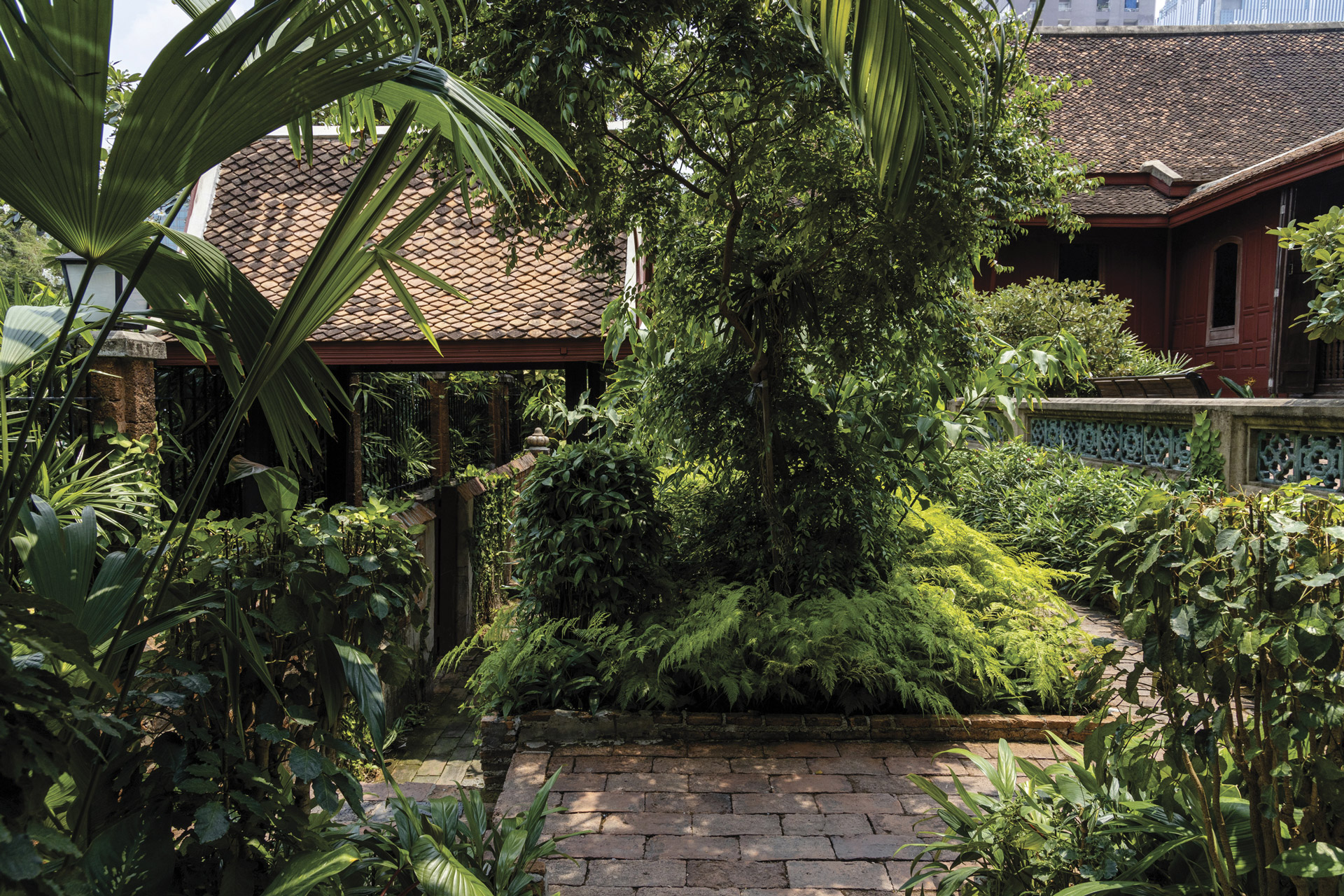
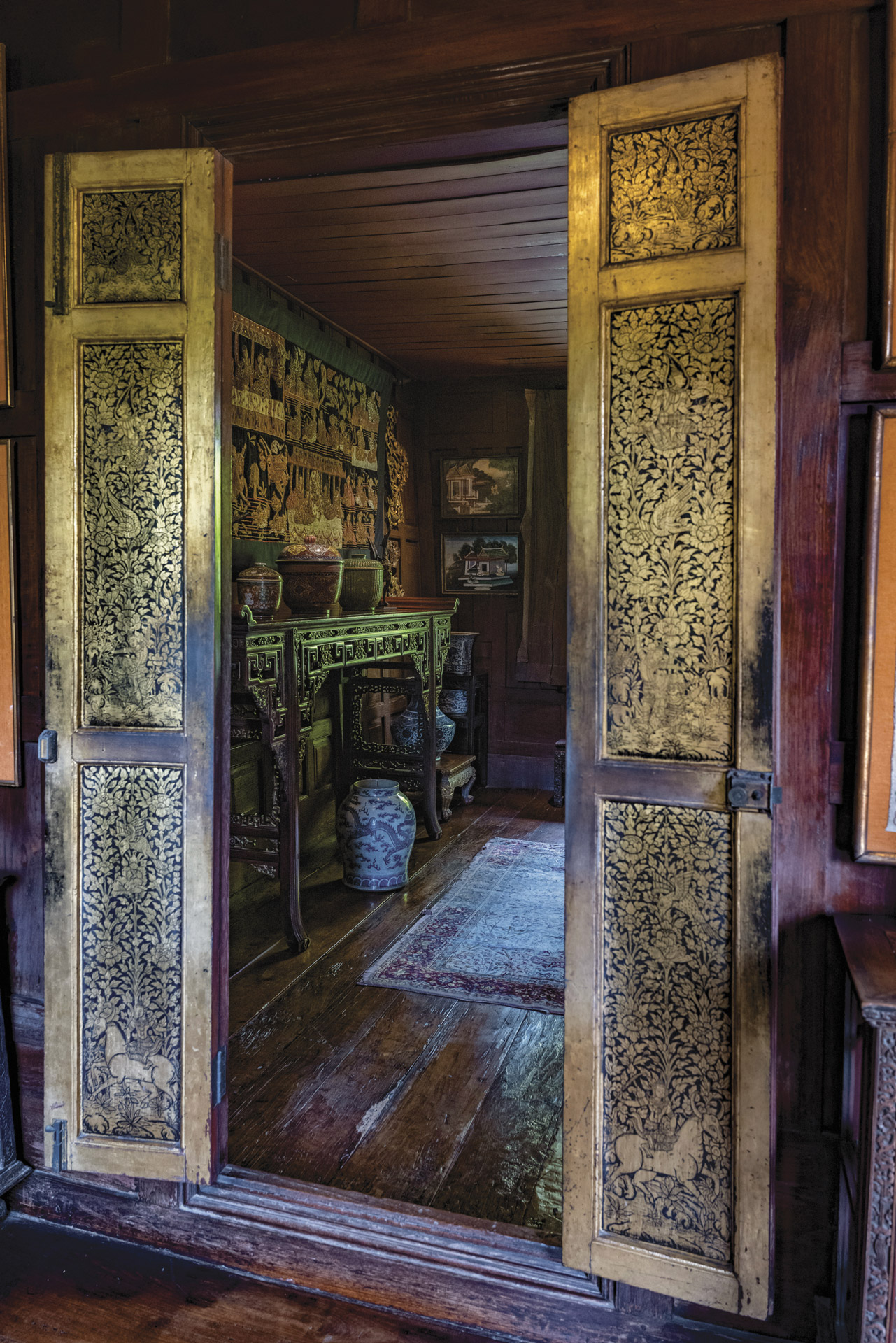
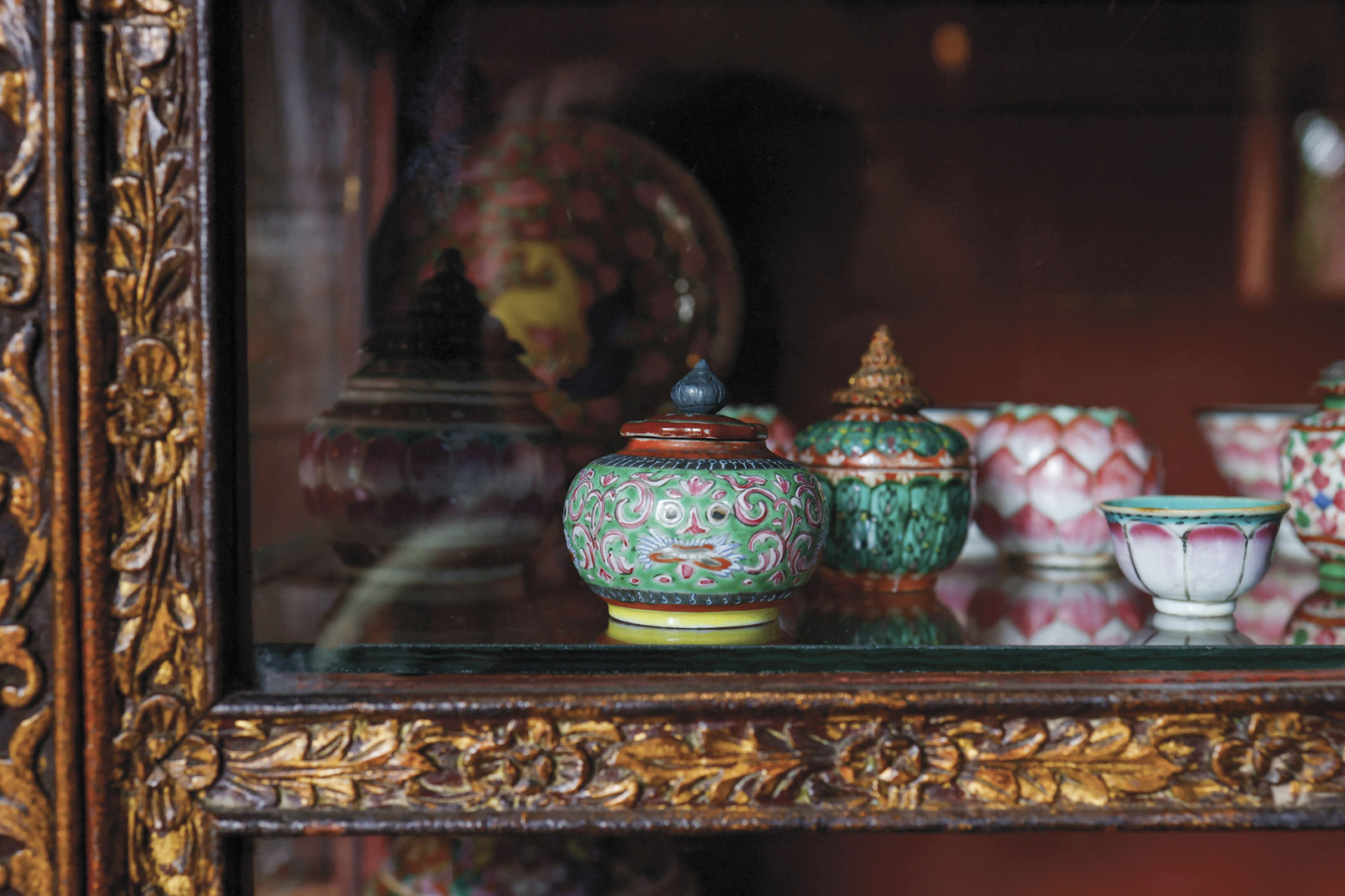
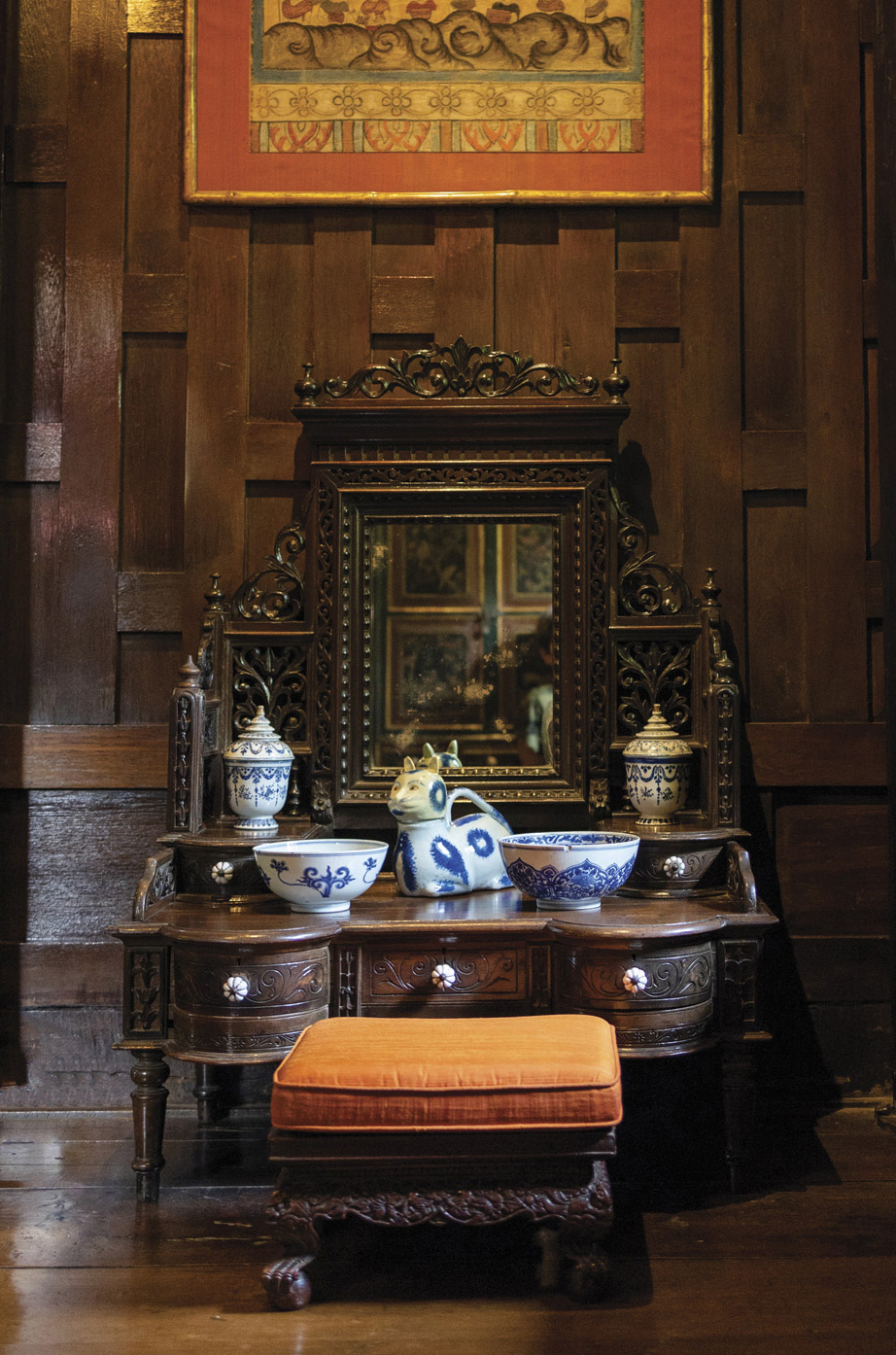
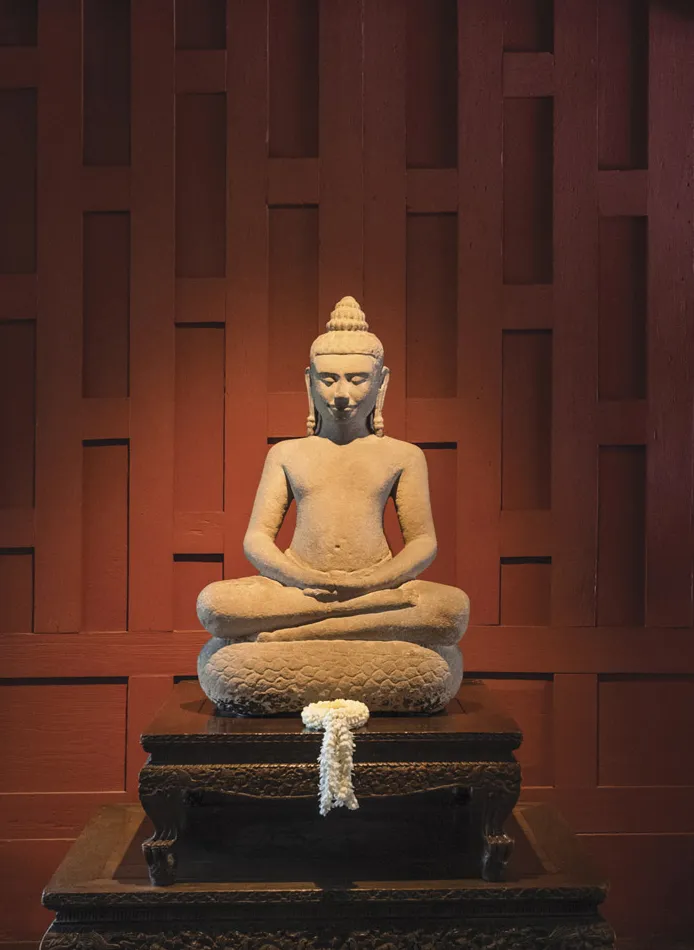
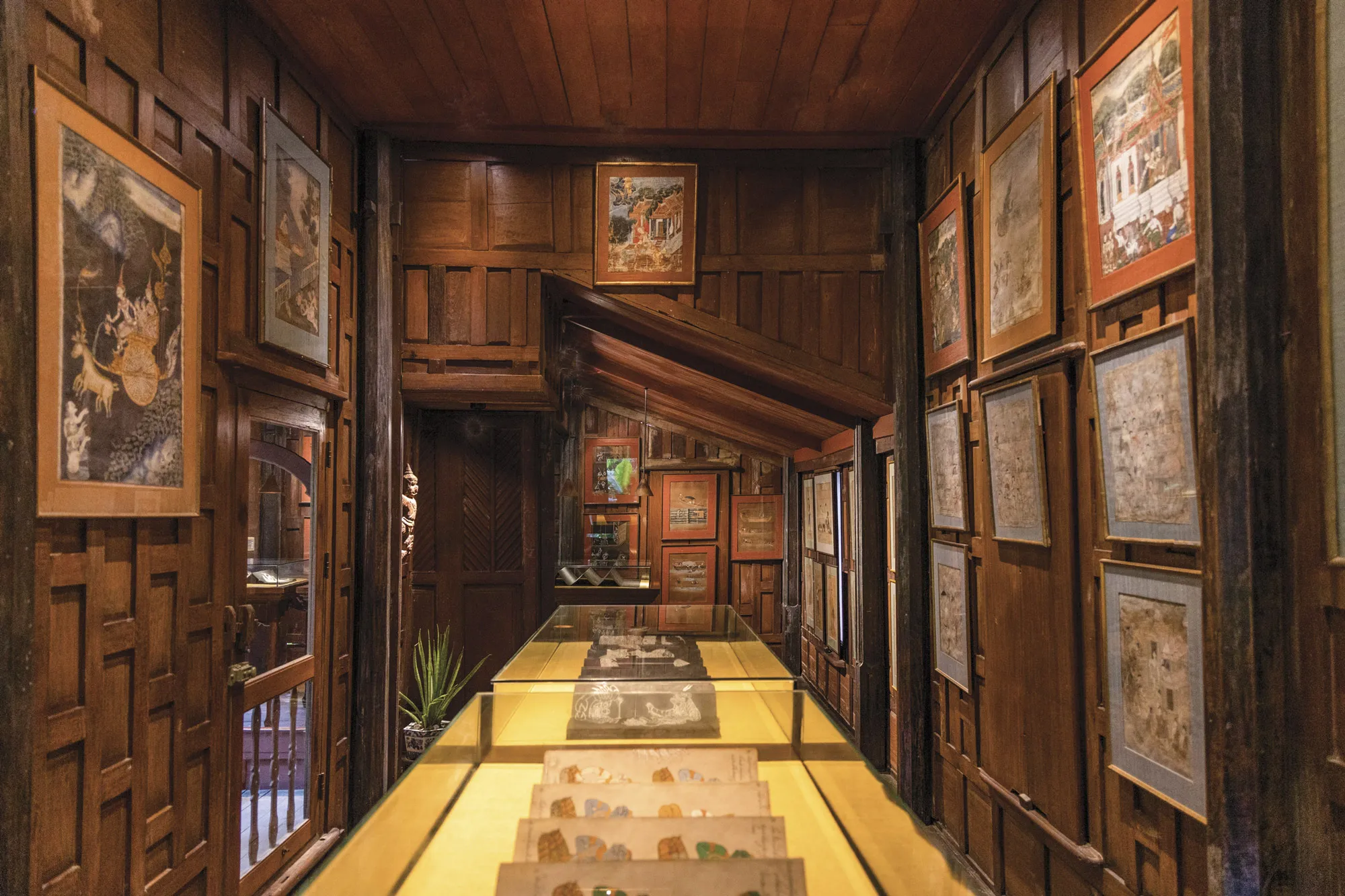
Art for the people remains a central tenet of Jim Thompson’s legacy. In 2021, the Jim Thompson Art Center opened as an homage to contemporary art and artists of the region.
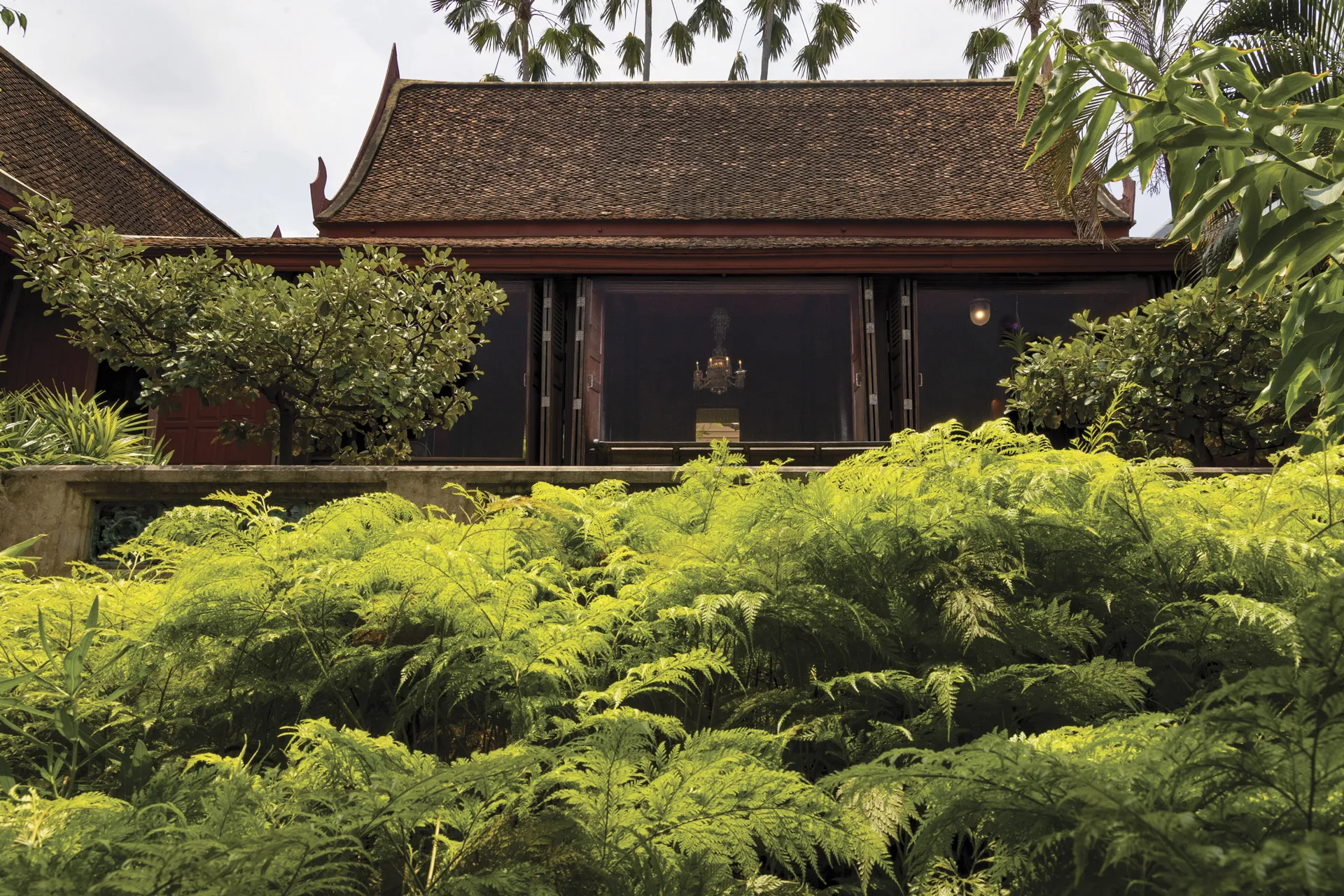
Are you sure you want to remove ?
Trade Accounts are for interior designers and architects with an eligible TAX ID#. Please allow up to 1 business day for approval.
Non-trade accountNon-Trade Accounts are for everyone else!













We are based in the United States, and we collect and use this information as described in our Personal Data and Privacy Policy.
By clicking 'Agree' below, you are confirming that you wish to receive communication from The Urban Electric Co. via email.
Design inspiration, behind-the-scenes stories, product updates and more.
We are based in the United States, and we collect and use this information as described in our Personal Data and Privacy Policy.
By clicking 'Agree' below, you are confirming that you wish to receive communication from The Urban Electric Co. via email.